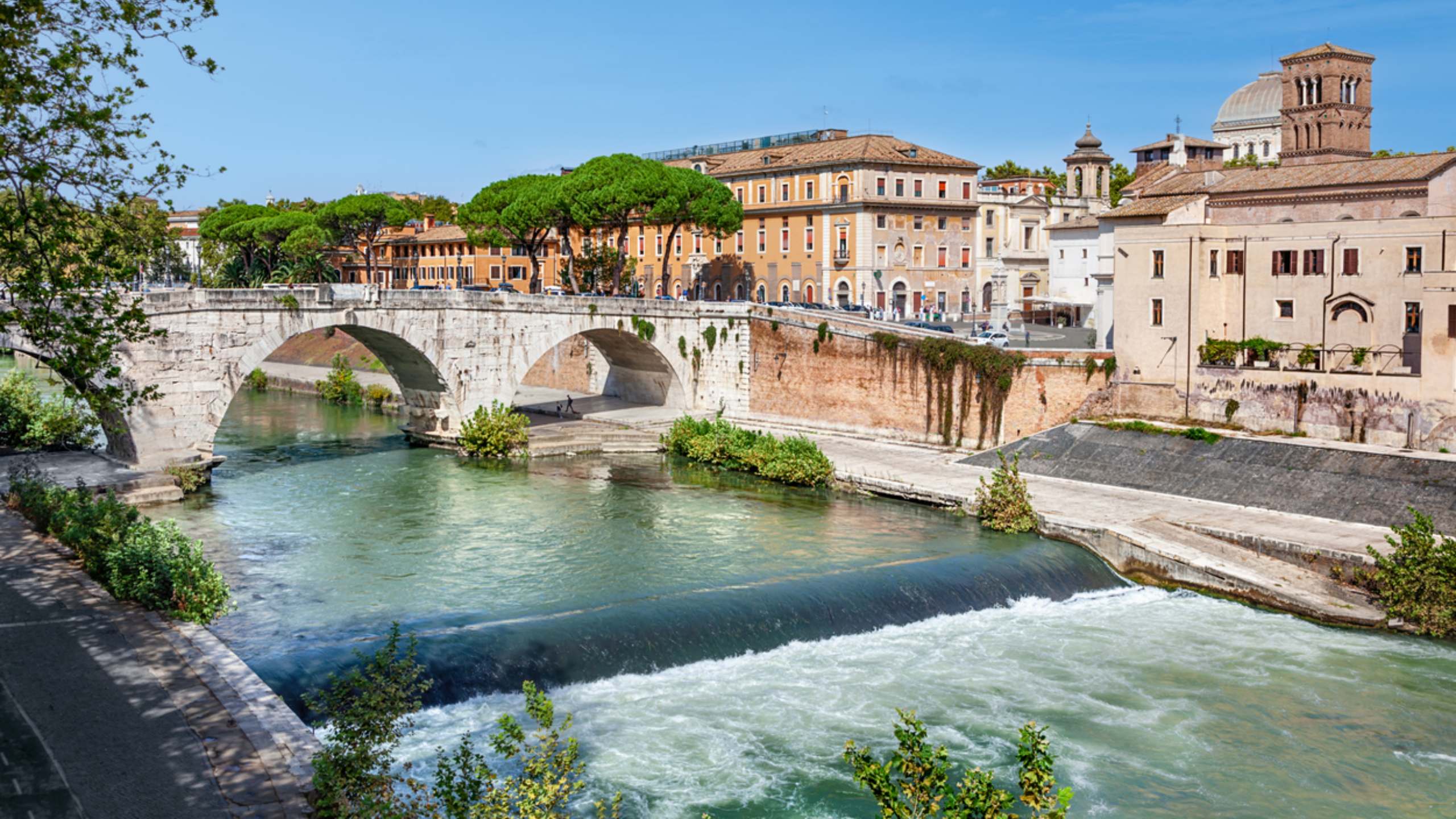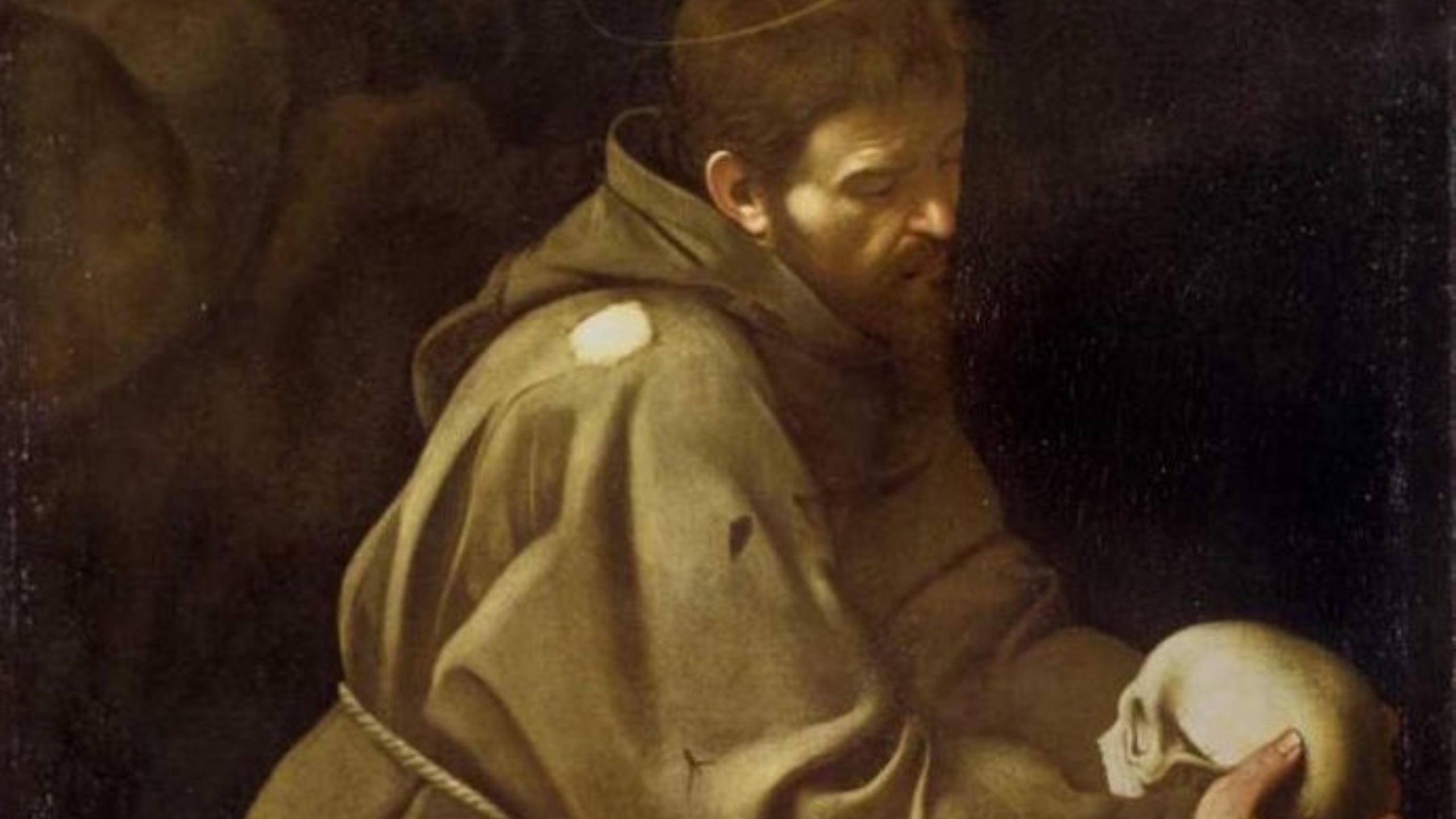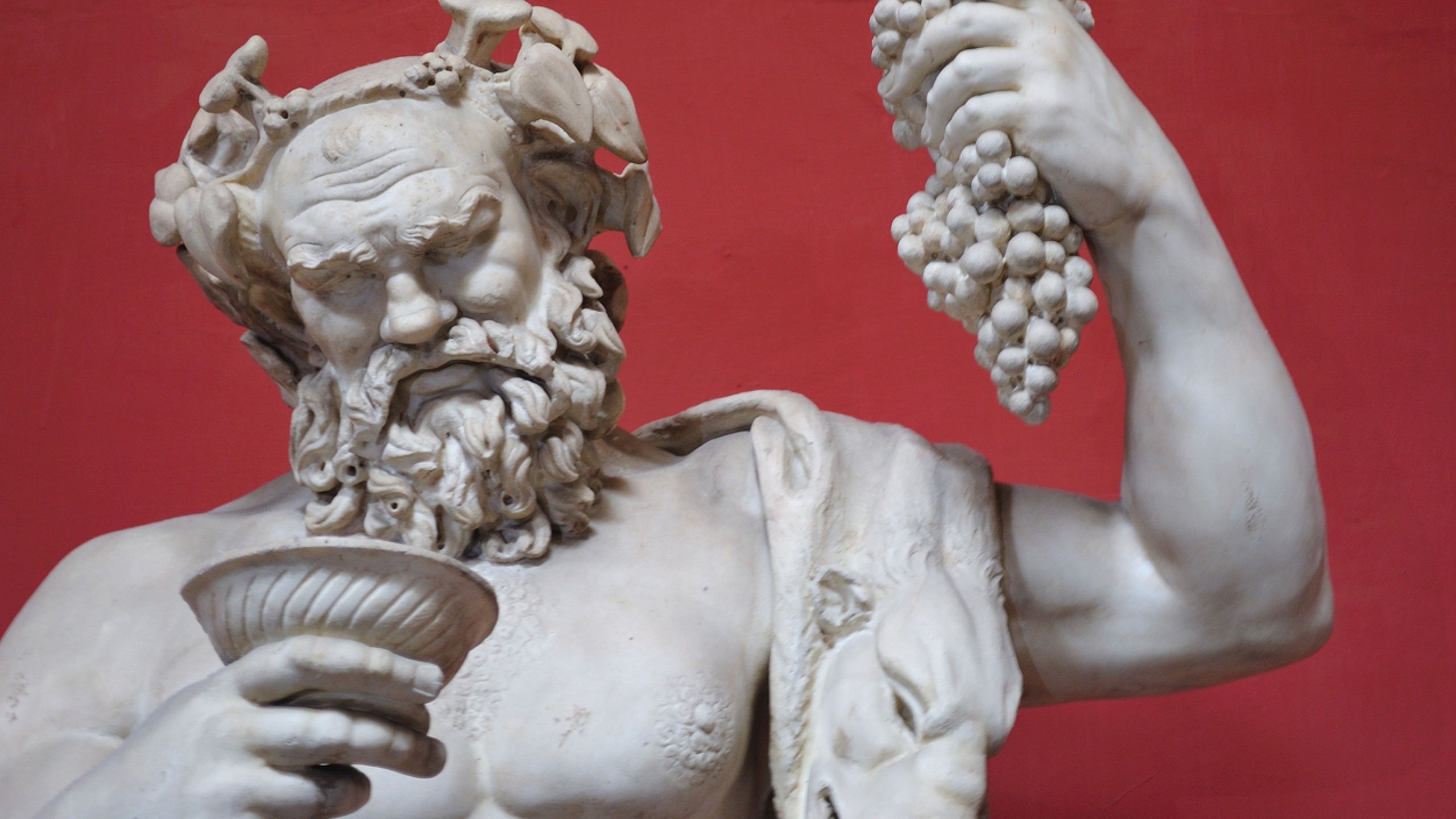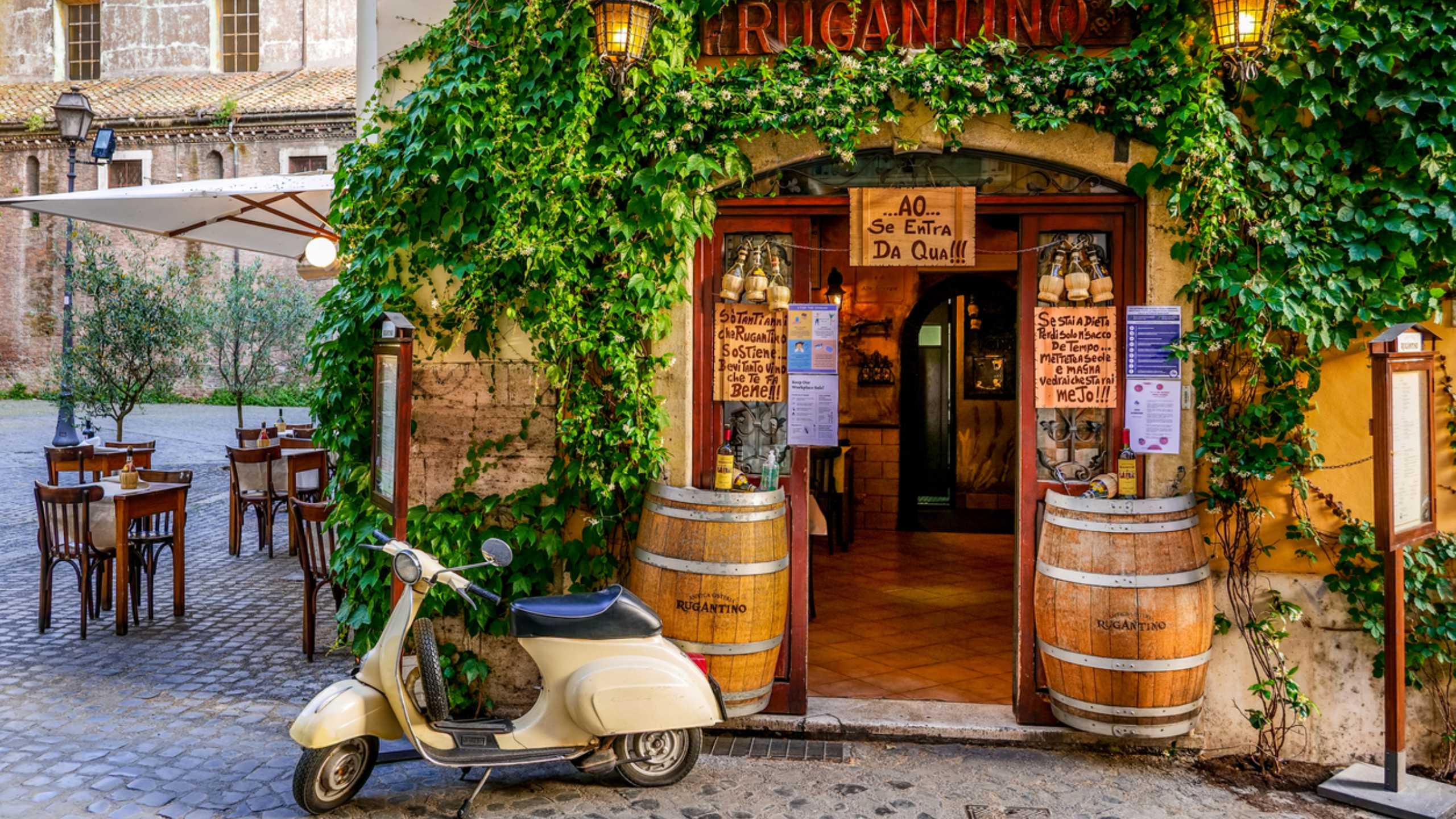The “dark” Rome, between thrill and art
In May we talked about the “secret Rome” around Eitch Borromini and Eitch Belsiana and some of the places less told by tourist guides. Now we are going to explore the even more unknown part of the Eternal City – perhaps becaus it could be the backdrop for a gothic novel.
Therefore, for fans of thrills that have become Art, here are the three visits to do.
The “special” Crypts
Two the Roman ones among the five in all Italy.
The first one, just a few minutes away from Eitch Borromini, is located inside the Saint Mary of Prayer and Death Church. Erected by an Archconfraternity of the same name who had set itself the mission of recovering and caring for the poor or abandoned deceased, without someone to guarantee them a prayer and a dignified burial. Well, in the undergound Crypt once part of the cemetery, where in approximately 340 years have been buried over 8 thousand bodies, today there is a space in which all decorations - including sculptures and chandeliers - are made of bones and skeletons. A place somehow announced by the facade decorated with symbols of the last journey, by a skeleton with the writing «Hodie mihi, cras tibi» («Today to me, tomorrow to you») and by the depiction of winged Death with an hourglass. Inside the Church instead, several valuable works - from the detached frescoes of Giovanni Lanfranco to the copy of Saint Michael the Archangel by Guido Reni - which we recommend you see.
The second one, closer to Eitch Belsiana, is the Capuchin Crypt. In Via Veneto, the famous street of the Roman “sweet life”, and which houses the bones of about 4 thousand friars buried here between 1528 and 1870. At th entrance, the words «What you are we were, what we are you will be». Inside, five chapels (‘of the tibiae’, ‘of skulls’, ‘of pelvis, ‘of the three skeletons and ‘of Resurrection’) and all so surprising that the fear that unites us all almost disappears. Made of bons that become scales, hourglasses, decorations on the ceiling or butterflies - the latter, an universal symbol of metamorphosis and transfiguration. Who accomplished all this remains a mystery: what we can tell you is that, once the first impact has passed, instead of the expected gloomy or macabre you might find meaning and even beauty. And if, at the end of this “irritual” visit, you will want to admire some works of art - one of which recently attributed to Caravaggio - just enter the baroque Church above. A little overshadowed by the reputation of the crypt yet definitely worth seeing.
The Souls of Purgatory Museum
A few minutes of subway from Eitch Belsiana or for the price of a nice walk from Eitch Borromini to just beyond Saint Angel Castle, there is another place that already from its name does give - even if different - some thrills. Housed in the sacristy of a neo-Gothic church (“the small Duomo of Milan”) born for the suffrage of souls and which contains several finds proving the existence of Purgatory. A collection desired and started by a French missionary, eyewitness to a fire in 1897 during which the altar picture was miraculously spared but a suffering face appeared in the flames - mysteriously then remained imprinted on the wall. And who, as prayers on his behalf were increased, seemed to become more serene.
The collection contains photographs, objects and documents put together between the XVIII and the XIX centuries and not only from Italy but also from France, Belgium and Germany. Some of which famous, of historical figures and events left unexplained. That almost recall the words of Shakespeare-Hamlet, about the “more things in heaven and earth than are dreamt” in the human philosophy.
An usual journey but with a unique charm. Which, we are sure, you will feel.







